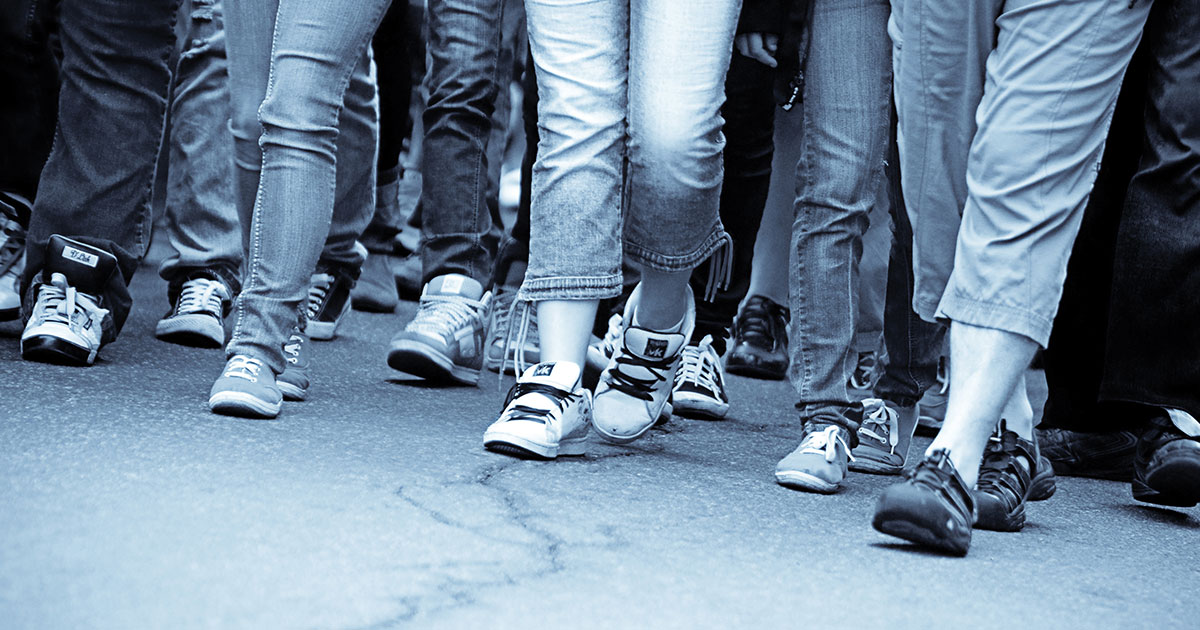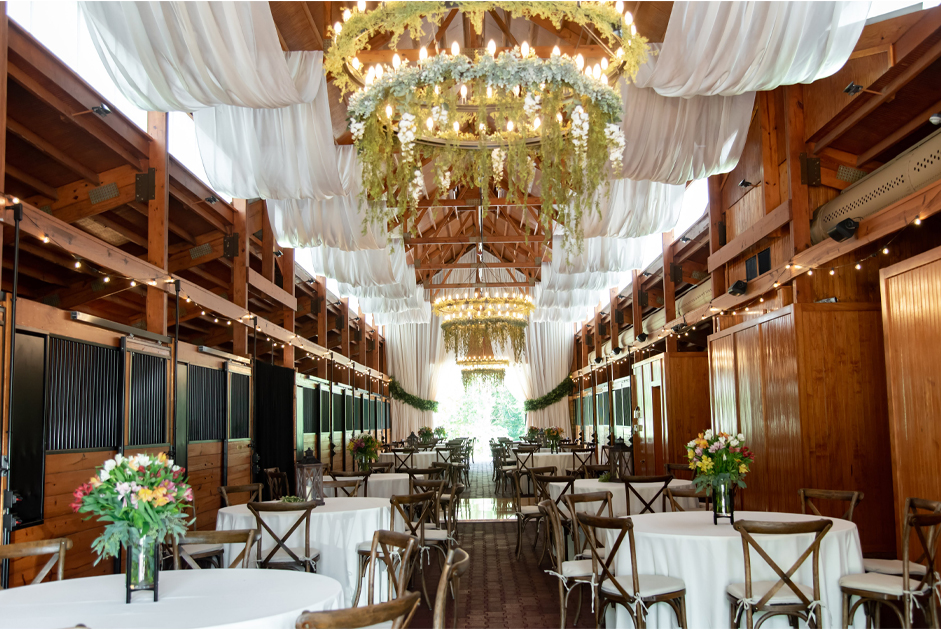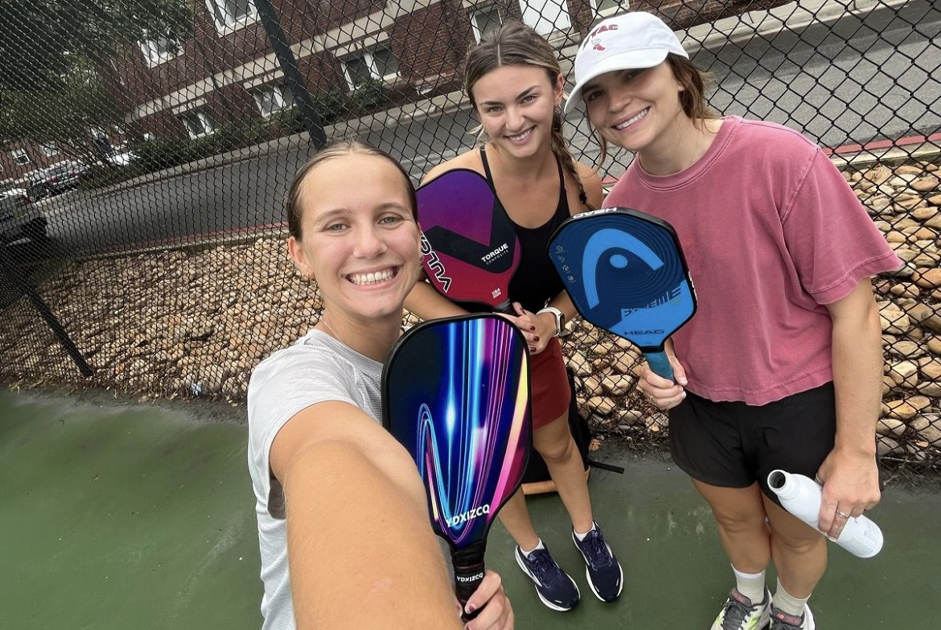Like a baby taking her first steps— “come on, just one foot after the other”—she already attempts to walk with goal in her little mind: to get from Point A to Point B. This is pretty much our main goal when it comes to walking anywhere. But there is something powerful about walking as a group or a mass. While their goal is still getting from Point A to Point B, there are deeper symbols and reasons behind walking as a crowd.
WHAT WALKING CAN REPRESENT
A movement or protest. Walking has always been a staple of activism. When a group, whether large or small, comes together under a mutual purpose, walking as a mass shows great solidarity among the individuals and strong dedication to their cause. With many protests in the past being heard by oppressors and being successful in pursuing their goal, the walking is sure to continue. Walking as a mass is powerful, attention-grabbing, and many times makes others of the same passions want to chime in.
“Walking away from the past.” A group of protesters can coalesce because of one thing: they have grown tired of dealing with their past and present obstacles (whether personal, socioeconomic, racial, or health-related), and want to work towards a better future. Walking can represent symbolic action of “walking” away from the painful past and walking towards a healthier, more joyful future. Again, here’s the profound concept of getting from Point A to Point B…just taking one step in front of the other.
Assertion and unity. Walking as a group shows such a strong force. When people walk together under one united purpose, they are not distracted by what goes on beside them or behind them. They are only focused on what is ahead: a brighter, more productive future. The walking mass doesn’t show fear of those who would try to stop them or harm them in any way. They are assertive and intentional about marching to spread their cause. They want other people to be aware of what they are pursuing, and what they stand for and they want to motivate outside individuals to round up together and assert whatever their cause may be.
HOW IT ALL STARTED?
Although there are a plethora of social marches in history, we will focus on the history of the famous March on Washington led by Dr. Martin Luther King, Jr in 1963 where he delivered his impeccable “I Have A Dream” speech, we can see how this march came about. Many African Americans—before and during the Civil Rights’ era—became fed up with racial inequalities and injustice with segregation flooding up in school systems, transportation companies, and even in restaurants and just in everyday life. The march was an integration of 160,000 black people and 60,000 white people; even non-blacks have had enough of these social issues. This showed oppressors that both races had a desire to come together and promote desegregation not only across the nation but across the world. They aimed to achieve equal employment opportunities as well. This march was one of the main social events that eventually led to the Voting Rights Act of 1965 and the Civil Rights Act of 1968. Walking as a mass is believed and expected to bring about positive change.
WHY WE DO CHARITY WALKS?
It is conceivable that charity walks were inspired by famous marches in history. We know when a massive crowd forms with a mutual goal in mind, we capture attention and a collective cry is heard from the public. Very much like protest marches, charity walks attract numerous people who are married to a certain cause who are willing to “walk” to raise money for a certain foundation. Just as protest marches are stronger with more people—and diversity—charity walks are stronger and more impactful with more passionate individuals.
So, whether you are walking for a protest, a charity event, or if you are just walking for anything at all, know that walking is also very symbolic and powerful. It’s all about getting from Point A to Point B…one foot after the other.



















